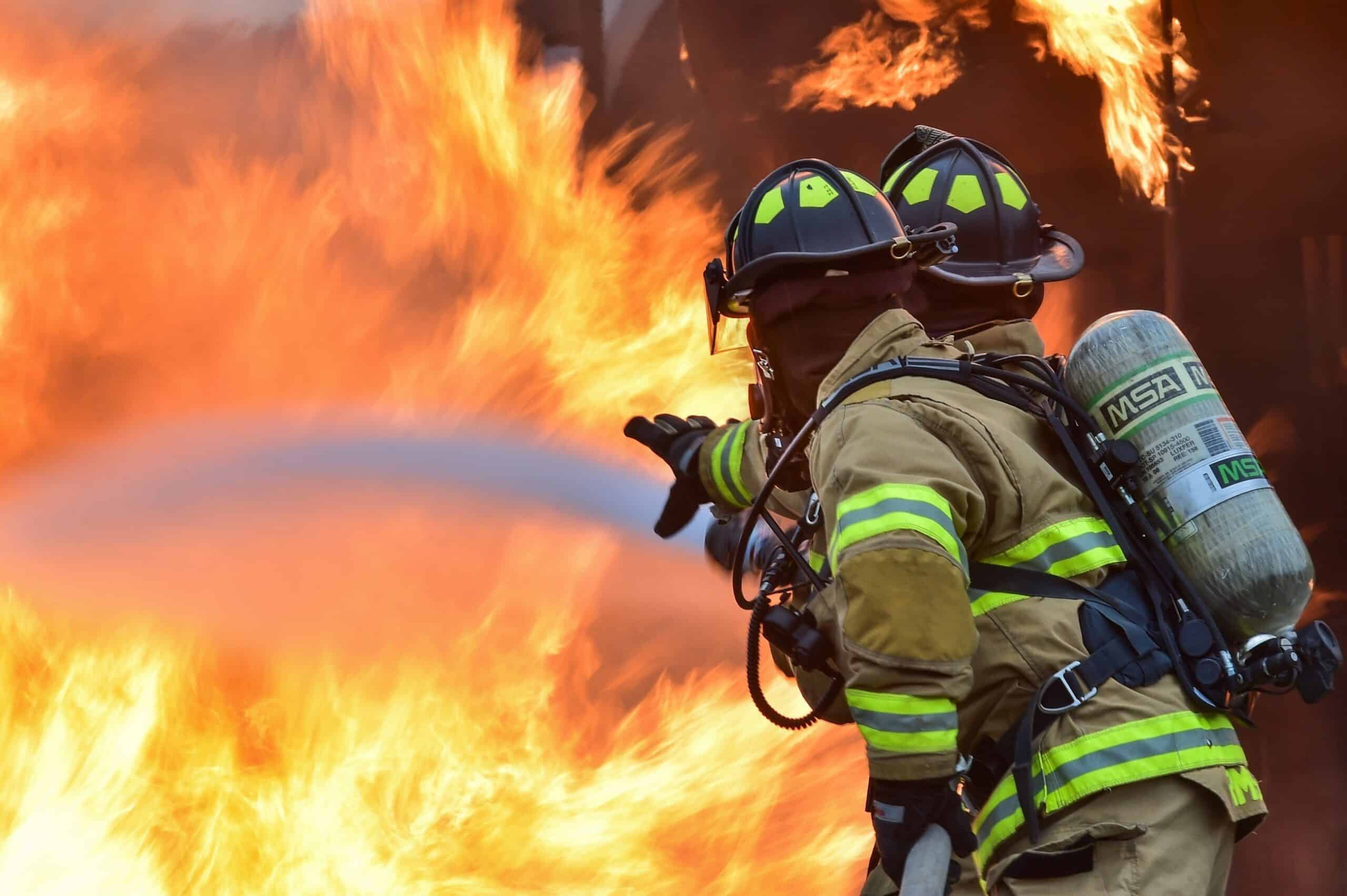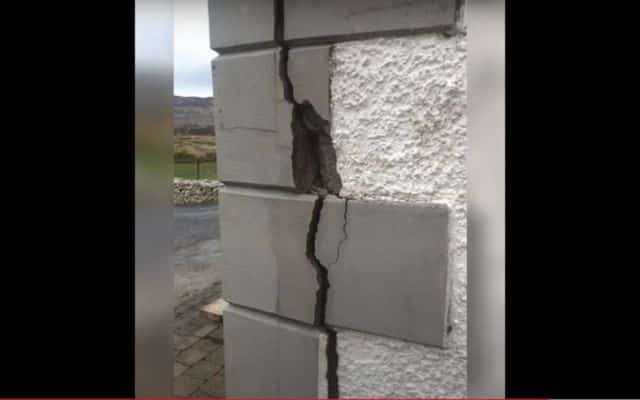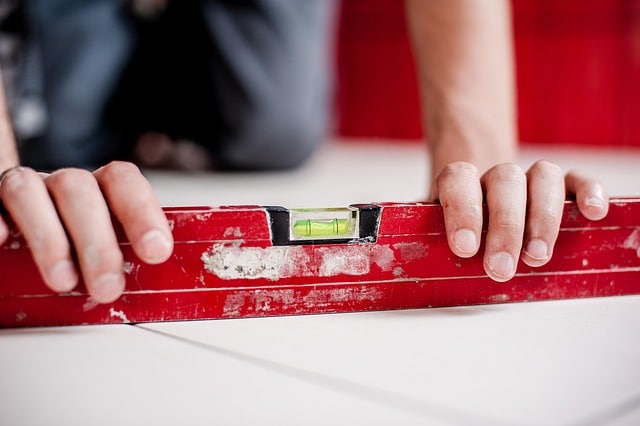Irish self-builders are very selective when it comes to choosing the right materials for their home building projects, but there are hidden threats you may not necessarily be aware of.
As someone building your own home, you will have noticed that most of the disasters we’ve faced have had nothing or very little to do with one-off houses – whether it be cases related to pyrite, mica or fire standards. Self-builders are known for checking every detail about every material that goes into the making of their home. Value for money is one consideration but not at the expense of quality.
Fire is a serious threat to any home, so we thought we’d take a look at one of the factors involved in the spread of fire, aside from compartmentalisation, which is insulation.
Fibreglass and mineral wool insulation (inorganic fibres bonded together with small amounts of combustible binder) are naturally non-combustible but other commonly used insulation products will ignite.
Here’s a list of the most commonly used insulation products, with the least fire resistant listed first, from
UK dispute resolution firm Probyn Miers:
- Polystyrene (EPS) will initially soften and shrink away from a small flame, but will then melt and burn. The voids created by melting admit oxygen, which intensifies the fire. Molten flaming droplets can spread the fire. All the material between the metal facings is likely to be consumed, leading to loss of structural stability. At the outset of the fire, development is fairly slow and contained. In a well-established fire, the material will contribute to the fire development. Delamination and collapse may be sudden. EPS was recognised as the worst of the plastic foams in fire conditions. Extruded polystyrene (XPS) is a thermoplastic product equivalent to the flame retardant grade of EPS, but behaves similarly to EPS in fire conditions.
- Polyurethane (PUR) is combustible but it forms a char layer which tends to inhibit further combustion. The char layer is relatively fragile and it may break off to expose fresh combustible foam. PUR also contributes to fire growth in a fully-developed fire, giving off black smoke and toxic fumes, including hydrogen cyanide above 850oC.
- Polyisocyanurate (PIR) is a variant of PUR with improved fire properties. It is difficult to ignite and exhibits a pronounced charring which enables it to withstand fire for longer, but is ultimately combustible.
- Phenolic foam is difficult to ignite. It chars, gives off fumes and burns with black smoke, but flame spread, smoke and toxic fume generation are moderate.
From a homeowner’s point of view there is the additional threat coming from the materials we choose to furnish our homes with – carpets, mattresses, curtains, pretty much anything you can think of is probably highly flammable. We look at this aspect, among others such as lighting, in more detail in the
Autumn 2017 edition of SelfBuild magazine, out in July from all good newsagents.











